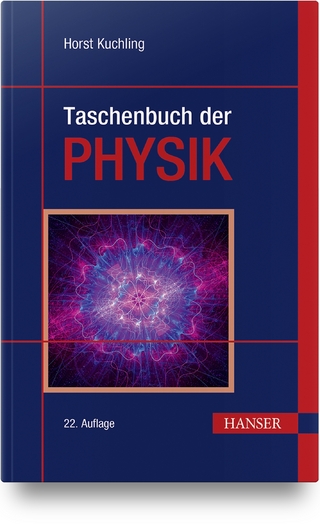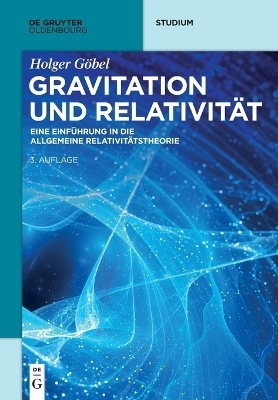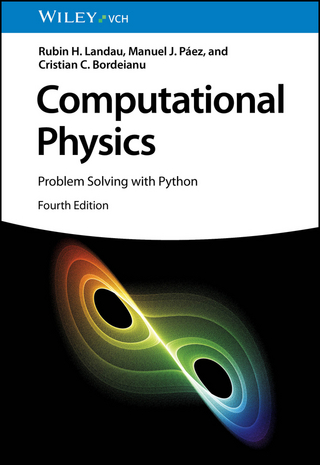
PEM Fuel Cells
Theory and Practice
Seiten
2012
|
2nd edition
Academic Press Inc (Verlag)
978-0-12-387710-9 (ISBN)
Academic Press Inc (Verlag)
978-0-12-387710-9 (ISBN)
Zu diesem Artikel existiert eine Nachauflage
Suitable for engineers, technicians and students, this title covers fundamentals of design, electrochemistry, heat and mass transport, as well as provides the context of system design and applications. It covers various aspects of (Proton Exchange Membrane) PEM fuel cells, from theory and fundamentals to practical applications.
Demand for fuel cell technology is growing rapidly. Fuel cells are being commercialized to provide power to buildings like hospitals and schools, to replace batteries in portable electronic devices, and as replacements for internal combustion engines in vehicles. PEM (Proton Exchange Membrane) fuel cells are lighter, smaller, and more efficient than other types of fuel cell. As a result, over 80% of fuel cells being produced today are PEM cells.
This new edition of Dr. Barbir’s groundbreaking book still lays the groundwork for engineers, technicians and students better than any other resource, covering fundamentals of design, electrochemistry, heat and mass transport, as well as providing the context of system design and applications. Yet it now also provides invaluable information on the latest advances in modeling, diagnostics, materials, and components, along with an updated chapter on the evolving applications areas wherein PEM cells are being deployed.
Demand for fuel cell technology is growing rapidly. Fuel cells are being commercialized to provide power to buildings like hospitals and schools, to replace batteries in portable electronic devices, and as replacements for internal combustion engines in vehicles. PEM (Proton Exchange Membrane) fuel cells are lighter, smaller, and more efficient than other types of fuel cell. As a result, over 80% of fuel cells being produced today are PEM cells.
This new edition of Dr. Barbir’s groundbreaking book still lays the groundwork for engineers, technicians and students better than any other resource, covering fundamentals of design, electrochemistry, heat and mass transport, as well as providing the context of system design and applications. Yet it now also provides invaluable information on the latest advances in modeling, diagnostics, materials, and components, along with an updated chapter on the evolving applications areas wherein PEM cells are being deployed.
1. Introduction2. Fuel Cell Basic Chemistry and Thermodynamics3. Fuel Cell Electrochemistry4. Main Cell Components, Materials Properties and Processes5. Fuel Cell Operating Conditions6. Stack Design7. Fuel Cell Modeling8. Fuel Cell Diagnostics9. Fuel Cell System Design10. Fuel Cell Applications11. Fuel Cells and Hydrogen Economy
| Erscheint lt. Verlag | 9.11.2012 |
|---|---|
| Verlagsort | San Diego |
| Sprache | englisch |
| Maße | 152 x 229 mm |
| Gewicht | 780 g |
| Themenwelt | Naturwissenschaften ► Physik / Astronomie |
| Technik ► Elektrotechnik / Energietechnik | |
| ISBN-10 | 0-12-387710-5 / 0123877105 |
| ISBN-13 | 978-0-12-387710-9 / 9780123877109 |
| Zustand | Neuware |
| Haben Sie eine Frage zum Produkt? |
Mehr entdecken
aus dem Bereich
aus dem Bereich
Eine Einführung in die Allgemeine Relativitätstheorie
Buch | Softcover (2023)
De Gruyter Oldenbourg (Verlag)
64,95 €
Problem Solving with Python
Buch | Softcover (2024)
Wiley-VCH (Verlag)
109,00 €



